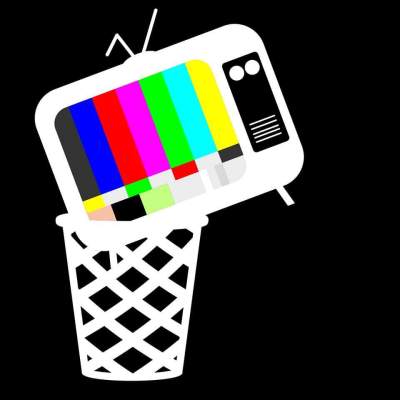By PJ Grisar
 When that definitive Star Wars text first crawled onto the screen in 1977, the world had never seen anything like it. A sprawling Space Western bundled with state of the art effects by Industrial Lights and Sounds, a stirring John Williams score and a deep, Byzantine mythology of warrior priests and an enigmatic energy called the Force have lingered in the hearts and minds of generations…
When that definitive Star Wars text first crawled onto the screen in 1977, the world had never seen anything like it. A sprawling Space Western bundled with state of the art effects by Industrial Lights and Sounds, a stirring John Williams score and a deep, Byzantine mythology of warrior priests and an enigmatic energy called the Force have lingered in the hearts and minds of generations…
But Star Wars also boasts what was-then the most diverse cast ever seen on film. It does not receive much attention for that fact however, and it’s right not to. Because Star Wars’ treatment of underserved and historically spurned ethnic groups like Jawas, Hutts, Tusken Raiders (their preferred name) and even Wookies, smacks of galactic imperialism and cultural reduction. We can do better.
The inclusion of races like Amonids, Gungans and Rodians have done more harm for these already disenfranchised peoples than their inclusion ever could, effectively setting them back at least two millennia. Take the Rodians by way of example: in the first film, one named Greedo (need I make note of the horrendously stereotypical name?) engages in a (TRIGGER WARNING, literally) blaster fight with one of our Heroes, a smuggler lowlife named Han Solo in a Cantina in Mos Eisley. Only it would be wrong to call it a fight. It’s a massacre.
It’s patently clear that Han, a Human, had his weapon trained on Greedo well before the green (don’t go there!) bounty hunter had. Greedo was on a job hunting Solo, who had released a load of illicit cargo he was delivering for mob boss Jabba the Hutt to evade capture by Imperial forces. It would be easy to dismiss Greedo’s profession as underhanded, but that would also be eliding the long history of privation that forced the Rodian population of Tatooine, without all the advantages of its human residents, into such seedy careers.
So Greedo is a ‘criminal’—does that make him non-Humanoid? The token Rodian in the six-film franchise is reduced to blaster fodder and everything about filmmaker Lucas’s framing of Han prepping his blaster under the table, to the cool way he lounges indicates that we are supposed to respect him for this brutal, public murder in a place where Droids aren’t served, no less. Pathetic.
It’s okay, though, because Jabba, Greedo’s employer (never mind Han’s) is the most murderous of all, isn’t he? STAY IN YOUR LANE BY THE PRIVILIGE CAROUSEL AND CHECK YOUR BAGS. This cliché of the hefty mob boss Hutt has got to end. Nowhere in the films, or any media besides, have I seen the Hutt Plumber, the Hutt Stormtrooper or the Hutt Philanthropist. The Grand Hutt Council and its order of galactic gangsters are all you ever see presented. Well, I’m telling you, it’s a caricature. Hutts don’t all have palaces and live like Calligula. Some work for a living. And to have Jabba’s sobriquet be the “Hutt” as he stereotypically slurs his way through threats and extortion is too much to stomach and just plain lazy, really.

The rest of these films’ crimes, on the eve of a new one, which promises none of the same variety (the trailer teases not a single PoC [or, Panning-shot of Coruscant—the Galactic Center, among the galaxy’s most diverse places]) are almost too numerous to name, but most fall on the side of obviation by representation. Let me count off some:
Not all Jawas are Junkers. But all the ones we see in Star Wars are.
Not all Toydarians are slavers. But Watto, the only one in the films, is.
Not all Gungans are mentally-handicapped like Jar Jar Binks—and not all are promoted to senatorship as diversity hires!
But PJ, I hear you say, what about Chewie? Chewie’s Han’s pal. He’s one of the series’ heroes. Between him and Yoda (shamelessly depicted as syntax shuffling—is this a minstrel show or what?), there’s enough here to make a case for some positive diversity.
So what, because Han has a Wookie friend he gets a pass? I don’t think so. Look at how the first movie ends. Luke, Han and Chewbacca are walking down the aisle to receive medals for their successful destruction of the Death Star (and by the way, not all burn victim amputees are evil either). But when the trio reaches the dais, Han and Luke get hardware and Chewie is left with only his bandolier and the cry of this injustice to bring us to the credits.
Star Wars may take place a long time ago in a galaxy far away, but that doesn’t mean Mr. Lucas or Mr. Abrams (where’s our female Nemoidian director, Hollywood?) need to drag us back to a time when midi-chlorian count meant merit.
Categories: Film, Uncategorized

